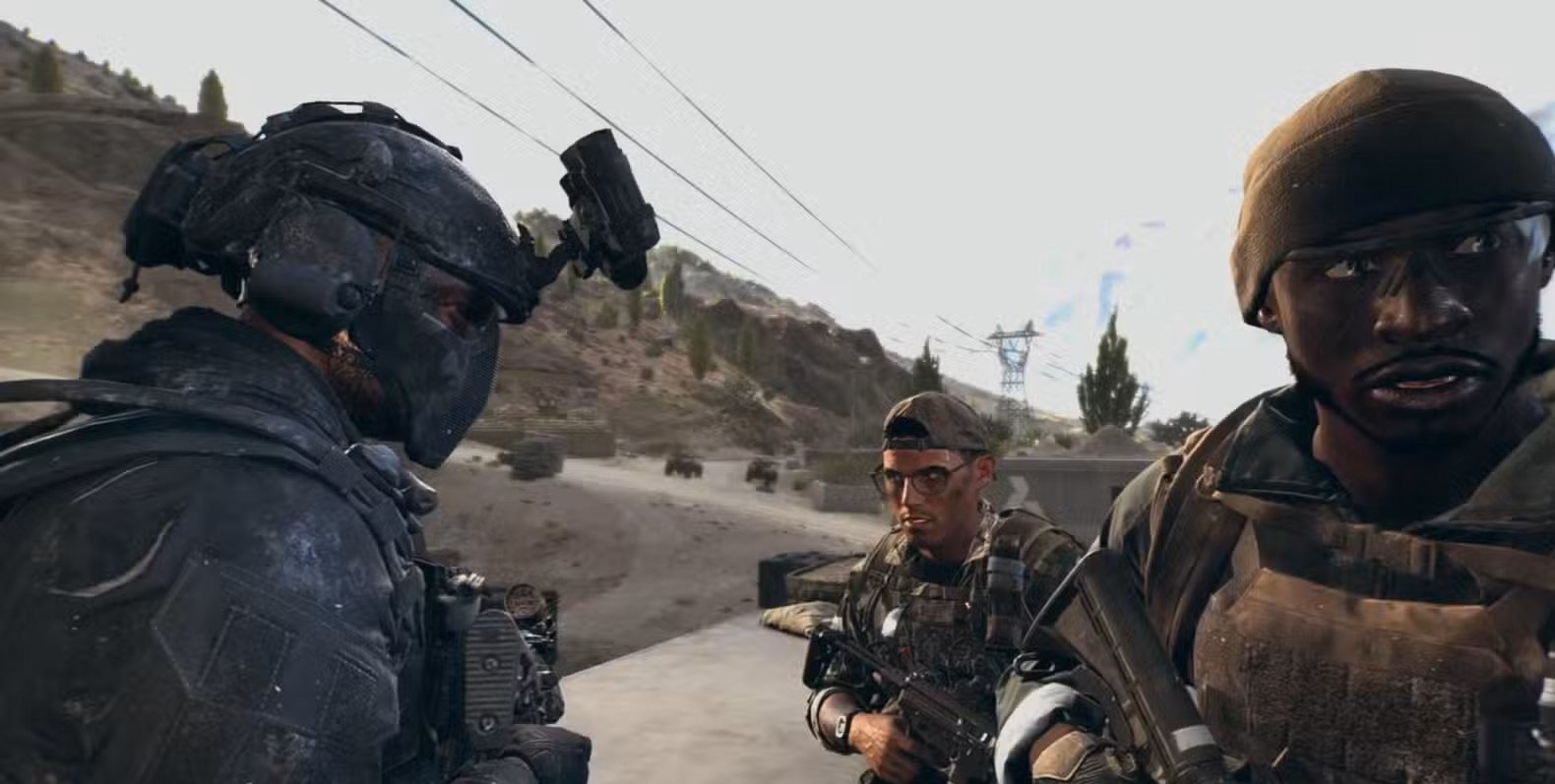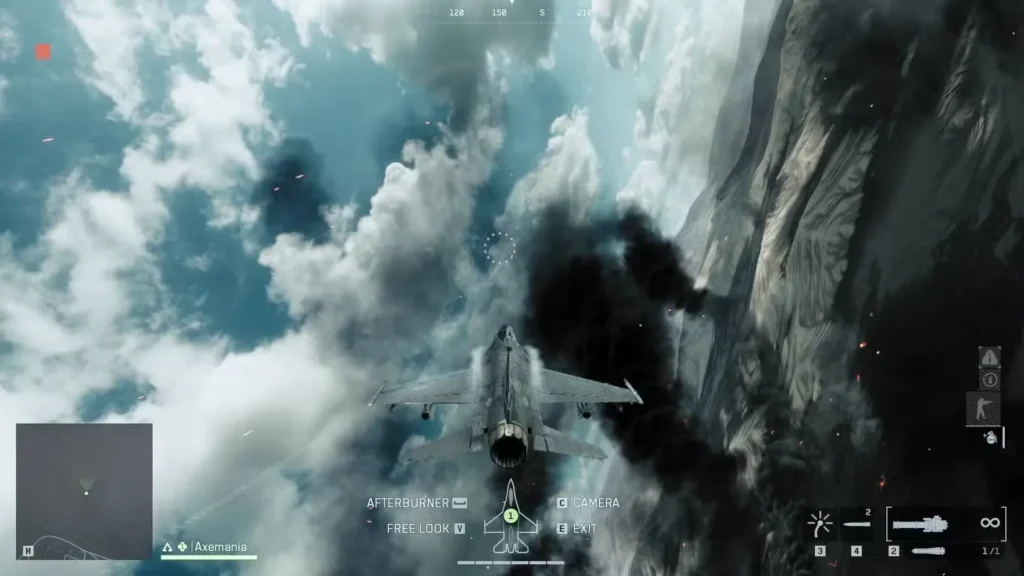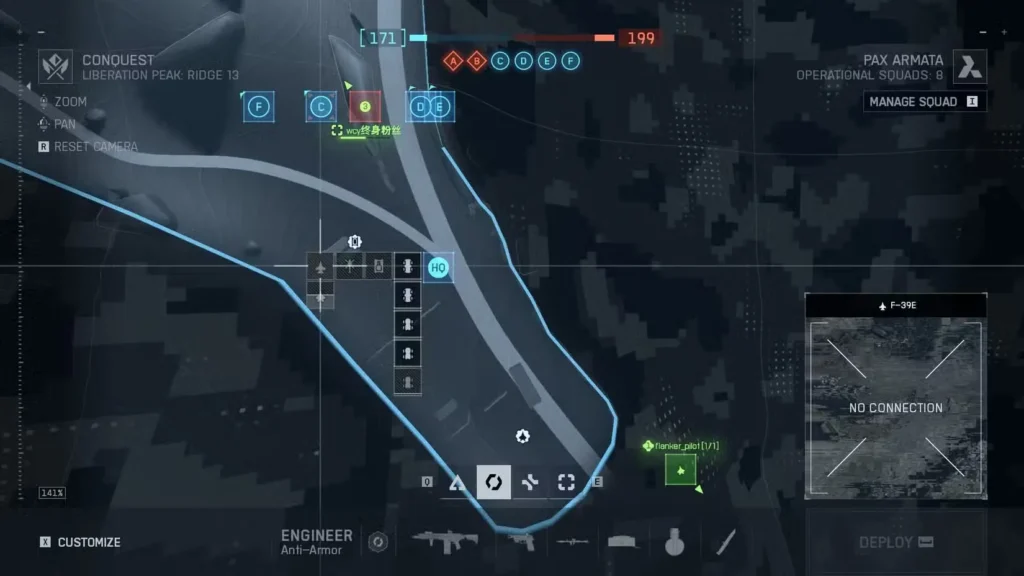
Newsletter Subscribe
Enter your email address below and subscribe to our newsletter

Enter your email address below and subscribe to our newsletter
Your Source for Game News and Guides

There’s nothing quite like the feeling of swooping down in a jet, unleashing a devastating strafing run on an enemy position, and pulling up just before slamming into a building. Or piloting a helicopter, providing close air support while your gunners rain down fire on unsuspecting targets below. Air vehicles in Battlefield 6 are absolute game-changers—when you know how to use them.
Here’s the problem: a skilled pilot can legitimately turn the tide of an entire match, but getting to that skill level is tough. Air vehicles are limited, always contested, and there’s a steep learning curve between “I just crashed into the ground” and “I’m an ace pilot.” Plus, your teammates won’t be thrilled if you waste the team’s only jet by nosediving into a mountain 30 seconds after takeoff.
So how do you get good without ruining your team’s chances? That’s exactly what we’re covering in this guide—where to practice safely, how to actually control these beasts, and the tactics that separate noob pilots from sky-dominating veterans.
Before we dive into controls, let’s talk about why mastering jets and helicopters is worth the effort.
On large-scale modes like Conquest and Escalation, air superiority often determines who wins. A good pilot can:
Jets excel at hit-and-run attacks and air-to-air combat, while helicopters provide sustained fire support and can capture objectives in some modes. Both require completely different skill sets, which we’ll break down.
The catch? Limited availability. Most maps only spawn one or two air vehicles per team, meaning competition is fierce. You need to be ready to grab them immediately and actually contribute, or you’re just wasting a valuable asset.
Here’s the golden rule: don’t learn to fly in ranked Conquest matches. Your team will (rightfully) be pissed when you crash their only jet into the ocean. Instead, use these practice methods:

The absolute best way to practice is through Battlefield 6 Portal. The community has created dedicated flight training experiences where you can crash, burn, and respawn without consequences.
How to access Portal flight training:
Can’t find an active server? Host one yourself:
Important distinction:
For pure practice purposes, Custom is fine since you’re not grinding XP for leveling anyway—you’re building muscle memory.
These are community-tested flight training experiences. To use them, go to Search Experiences in Portal and enter these codes:
DXS4: Vehicle and Soldier Shooting Range (by AP_Atipoya)
6GVY: Helicopter and Jets Practice (by Tricky)
X8XB: Ace Pursuit (by Battlefield Official)
These experiences let you crash repeatedly, experiment with maneuvers, and actually understand the physics before taking a vehicle into a real match.
When practicing alone, focus on these fundamentals:
Don’t worry about complex tactics yet. Master staying in the air first, everything else comes after.
Once you’re confident in your skills, here’s how to actually get your hands on air vehicles in standard multiplayer:

From the Spawn Screen:
At Match Start:
Pro tip: Memorize vehicle spawn locations on your favorite maps. Knowing exactly where to sprint at match start gives you the edge over players who are looking around confused.
If flying is your priority, play these maps and modes:
Operation Firestorm (Escalation/Conquest):
Mirak Valley (Escalation/Conquest):
These maps give you the best chance to consistently access air vehicles. Check out our complete maps ranking guide to see which maps favor vehicle play.
Understanding availability: Vehicle limits vary by mode and map. Escalation typically offers more vehicles as the match progresses, while modes like Close Quarters playlists have no air vehicles at all. Learn about all game modes to understand which ones support your playstyle.
Now let’s get into the actual flying techniques that’ll transform you from “that guy who wasted our jet” to “holy crap, our pilot is carrying.”
Before you even take off, adjust these settings:
Navigate to: Settings → Gameplay → Vehicles
1. Enable Helicopter Control Assists This is huge for helicopter pilots. With assists on, your heli automatically hovers when you’re not giving input. This lets you focus on aiming and shooting without constantly fighting to maintain altitude.
Experienced pilots sometimes disable this for more precise control, but if you’re learning, turn this on immediately.
2. Consider Rebinding Jet Controls (PC) If you’re on mouse and keyboard, the default jet controls can feel awkward. Many skilled pilots rebind:
Experiment with what feels natural. Controller players generally have fewer issues with default bindings since analog sticks are better suited to vehicle control.
3. Adjust Sensitivity Vehicle sensitivity should be higher than your infantry settings for quick target acquisition but not so high that you overcorrect. Find your sweet spot through trial and error in Portal practice sessions.
Want to optimize everything? Check our best settings and optimization guide for complete configuration recommendations.
These apply regardless of which aircraft you’re piloting:
Use Free Look Constantly
Master the Map
Target Priority Matters Always eliminate threats in this order:
Flying directly to objective points and getting hit by three different anti-air missiles is how you waste a vehicle. Play smart, eliminate threats methodically.
Manage Your Countermeasures Both jets and helicopters have flares or other countermeasures to break missile locks. Learn:
Learn Speed Thresholds Jets have optimal speeds for different maneuvers:
Practice finding these sweet spots. They vary slightly between jet types, so test each one.
Strafing Run Technique
Dogfighting Basics When fighting enemy aircraft:
Anti-Air Missile Evasion This is critical: Anti-air missiles have infinite vertical lock-on range.
That means flying straight up won’t save you. Instead:
Positioning Is Everything Unlike jets which are constantly moving, helicopters can hover and provide sustained fire. This makes positioning crucial:
Gunner Communication Helicopters are most effective with gunners. If you’re piloting:
Transport vs Attack Helicopters
Know which you’re piloting and play accordingly.
Low-Altitude Flying Helicopters excel at low-altitude support where jets struggle:
Both jets and helicopters have customizable loadouts that dramatically affect their role. Experiment with different configurations:
Jets typically offer:
Helicopters typically offer:
For detailed optimization, check our best vehicle loadouts guide which covers every configuration.
Even the best pilot can’t survive focused anti-air fire. Here’s how to handle it:
Recognize the Threat Types:
Survival Strategies:
Like any aspect of Battlefield 6, getting good at flying requires intentional practice:
Start Small:
Track Your Improvement: Notice when things start feeling natural:
Learn From Deaths: Every time you get shot down, ask:
This mindset turns failures into lessons instead of frustration.
While you’re flying, your class choice still matters for when you inevitably need to bail out or defend objectives:
Engineer Class: Best for pilots
Recon Class: Good for spotting
Watch out for these pitfalls that plague new pilots:
1. Flying Too Predictably
2. Ignoring Air Threats
3. Overcommitting to Attacks
4. Poor Communication
5. Not Using Repairs
Air vehicle effectiveness varies dramatically across game modes:
Conquest: Long matches, respawning vehicles, maximum flying time Escalation: Phased progression, vehicles unlock as match advances Breakthrough: Linear objectives, easier to predict enemy positions Rush: Similar to Breakthrough, more focused combat Open vs Closed Playlists: Affects available loadouts
Adapt your tactics to the mode. Conquest gives you time to be methodical; Breakthrough demands aggressive support of your attacking team.
Once you’ve mastered basics, consider these advanced techniques:
Terrain Masking:
Bait and Switch:
Altitude Management:
Formation Flying:
Improving at air vehicles also means improving at complementary aspects:
Learning to fly in Battlefield 6 takes time, but it’s one of the most rewarding skills you can develop. There’s an incredible satisfaction in mastering these machines and watching your impact on the match multiply.
Start in Portal practice servers where mistakes don’t matter. Focus on basic control before worrying about combat effectiveness. Learn one vehicle type at a time—trying to master jets and helicopters simultaneously will just confuse your muscle memory.
Most importantly, be patient with yourself. Every ace pilot you see dominating the skies started exactly where you are: crashing into mountains and wondering how anyone makes this look easy. The difference is they put in the practice time.
Grab Battlefield 6 on Steam, PlayStation, or Epic Games Store, jump into a Portal practice server, and start building those flight hours. Your team will thank you when you’re providing devastating air support instead of creating expensive craters.
See you in the skies, pilot. Try not to crash into me.
Looking for more Battlefield 6 mastery? Check out our guides on best weapon loadouts, all challenges breakdown, and optimal class builds to dominate both on the ground and in the air.